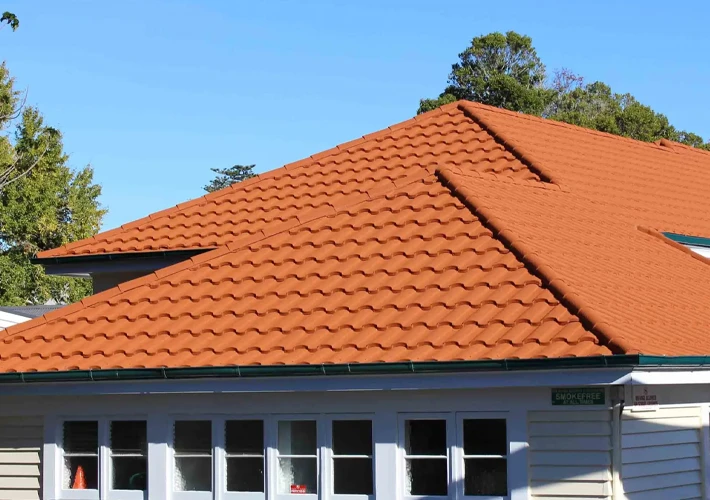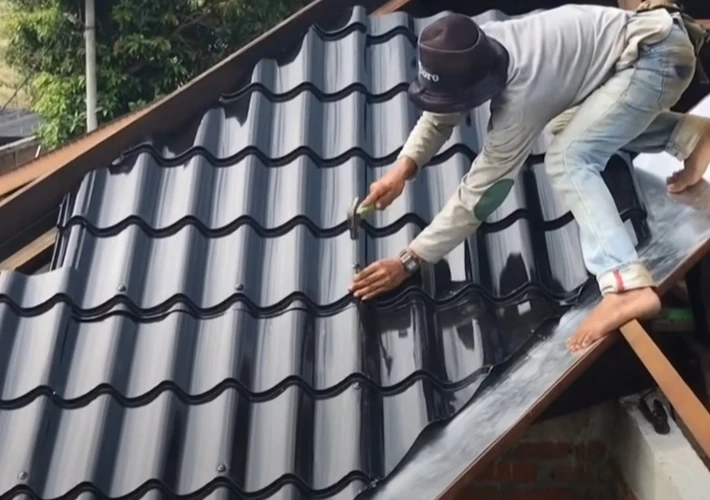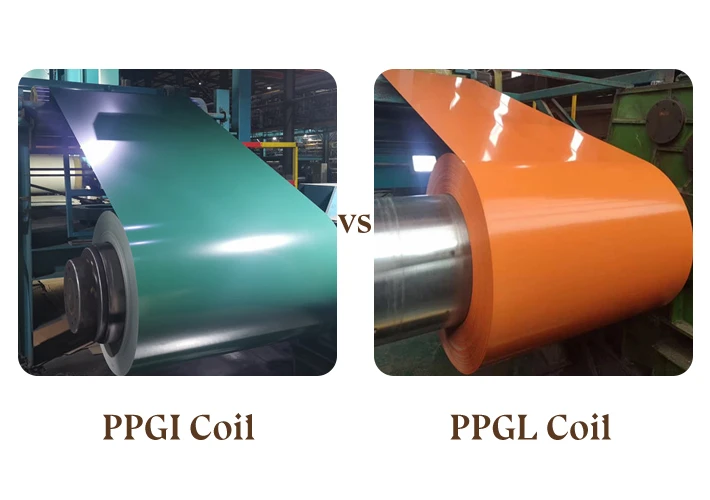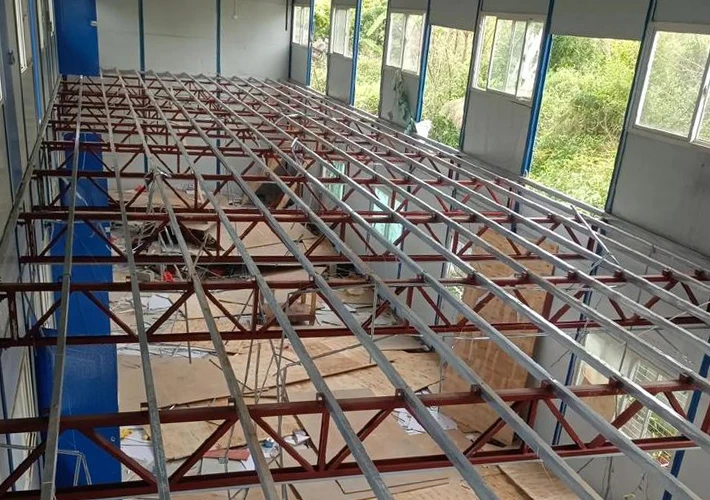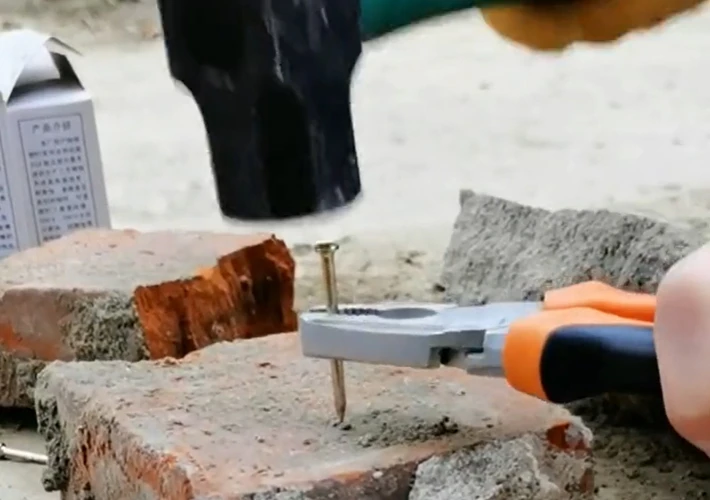Introduction
Steel pipes are one of the most versatile and widely used industrial materials in the world today. From construction and oil & gas to machinery and transportation, steel pipes are essential for various structural and mechanical applications. This article offers a comprehensive overview of steel pipes — including their types, production processes, materials, common standards, and global market trends. Whether you are an engineer, wholesaler, or international buyer, this guide will help you understand everything you need to know about steel pipes.
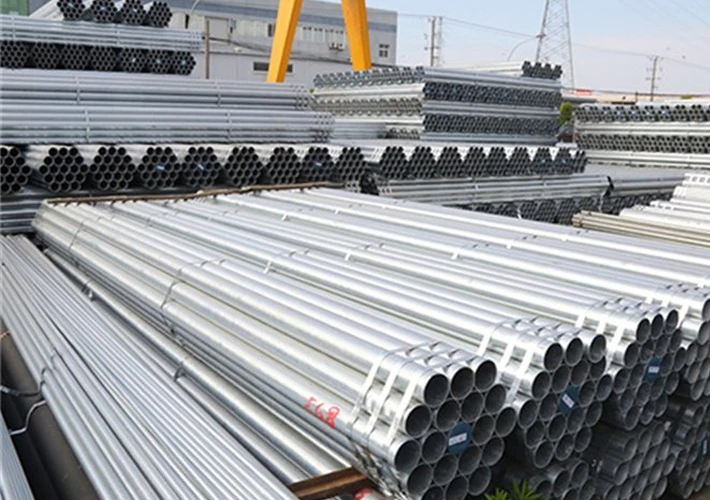
What is a Steel Pipe?
A steel pipe is a long, hollow tube made primarily of steel, used to transport fluids and gases or to serve structural purposes. Steel pipes come in different shapes (mainly round, but also square or rectangular), thicknesses, and materials, depending on the intended application.
Steel pipes are widely favored due to their:
- High strength
- Corrosion resistance
- Durability
- Cost-effectiveness
- Recyclability
Types of Steel Pipes
Steel pipes can be broadly categorized based on their manufacturing method and application:
2.1 Seamless Steel Pipes
Seamless steel pipes are manufactured without a seam or a weld-joint, making them stronger and better suited for high-pressure applications.
Applications:
- Oil and gas pipelines
- High-pressure boilers
- Mechanical components
- Automotive parts
Advantages:
- Excellent strength
- Good for high-pressure systems
- Smooth internal surface
2.2 Welded Steel Pipes
Welded pipes are produced by rolling steel plates or strips and welding the seam. They are generally more affordable than seamless pipes.
Types of Welded Pipes:
- ERW (Electric Resistance Welded) Pipes
- LSAW (Longitudinal Submerged Arc Welded) Pipes
- SSAW (Spiral Submerged Arc Welded) Pipes
Applications:
- Water and gas supply
- Structural supports
- Fencing and scaffolding
Advantages:
- Lower cost
- Easy to customize length and thickness
- Suitable for large diameters
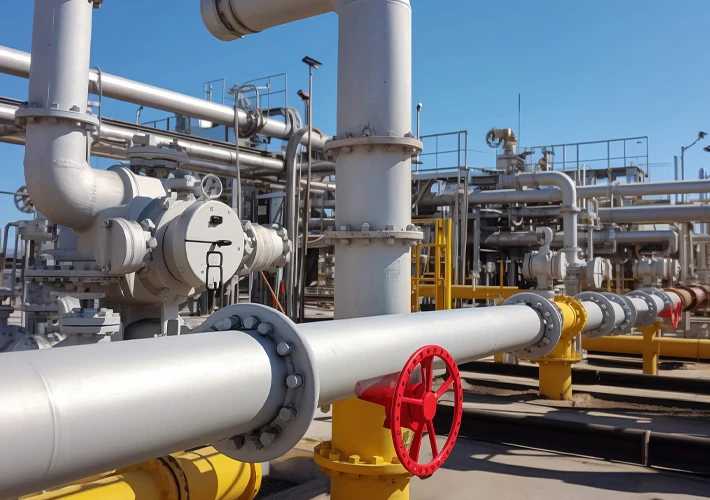
Common Materials Used in Steel Pipes
3.1 Carbon Steel
Carbon steel is the most common material for steel pipes. It’s strong, durable, and economical.
Grades: ASTM A53, ASTM A106, API 5L, etc.
3.2 Alloy Steel
Alloy steel contains additional elements like chromium, molybdenum, and nickel to enhance strength and corrosion resistance.
Applications:
- High-pressure boilers
- Power generation
- Chemical plants
3.3 Stainless Steel
Stainless steel pipes are corrosion-resistant and suitable for high-temperature or high-humidity applications.
Grades: 304, 316, 321, etc.
Applications: Food processing, medical equipment, marine use
3.4 Galvanized Steel
Galvanized steel pipes have a protective zinc coating to prevent rust and corrosion.
Applications:
- Outdoor piping systems
- Construction scaffolding
- Fences
Standard Sizes and Dimensions
Steel pipe dimensions are typically defined by:
- Nominal Pipe Size (NPS): Standard dimension for the outside diameter
- Schedule (SCH): Defines wall thickness
- Outer Diameter (OD) and Wall Thickness (WT)
Common sizes:
- OD: 1/8″ to 48″
- Length: 6m, 12m, or custom lengths
- SCH: SCH10, SCH20, SCH40, SCH80, SCH160
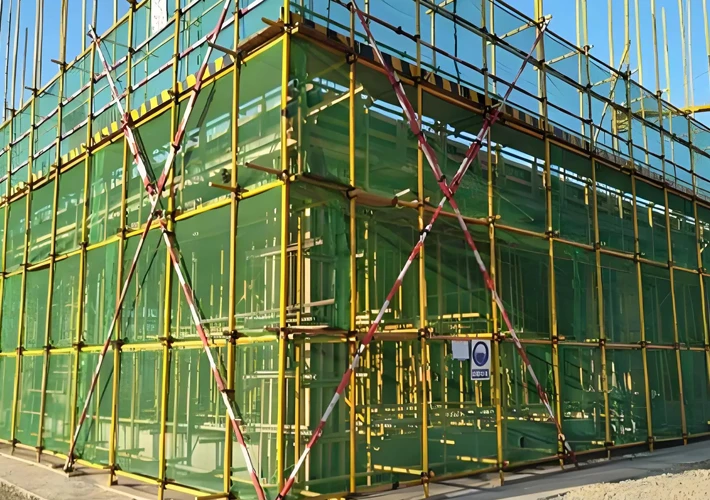
Manufacturing Process
5.1 Seamless Pipe Manufacturing
Billet Heating: Solid steel is heated
Piercing: A hole is drilled through the center
Elongation: Pipe is stretched to required dimensions
Sizing and Finishing
5.2 Welded Pipe Manufacturing
Steel Coil/Plate Preparation
Forming: Rolled into cylindrical shape
Welding: Using ERW, LSAW, or SSAW processes
Heat Treatment and Testing
Surface Treatments
- Black painting
- Galvanization (Hot-dip or Electro)
- Powder coating
- Pickling and oiling
- 3PE/3PP/epoxy coating for pipeline anti-corrosion
Applications of Steel Pipes
Steel pipes are used in a wide range of industries:
| Industry | Application |
|---|---|
| Construction | Scaffolding, building structure, piling |
| Oil & Gas | Transporting crude oil, natural gas, casing |
| Water Supply | Urban water pipelines, sewage systems |
| Mechanical Engineering | Rollers, cylinders, machine parts |
| Automobile | Exhaust systems, chassis components |
| Energy | Boilers, heat exchangers, wind turbine structures |
Quality Standards and Certifications
Steel pipe production is governed by various international standards to ensure safety, quality, and compatibility.
Common Standards:
- ASTM (American Society for Testing and Materials)
- ASME (American Society of Mechanical Engineers)
- API (American Petroleum Institute)
- EN (European Norms)
- GB (Chinese National Standard)
Common Certificates:
- ISO 9001
- API 5L/5CT
- CE (European Conformity)
- SGS/BV/Intertek Inspection Reports
Testing and Inspection
To guarantee quality, steel pipes go through several tests:
- Hydrostatic test
- Non-destructive testing (NDT)
- Ultrasonic testing
- Eddy current testing
- Chemical analysis
- Dimensional inspection
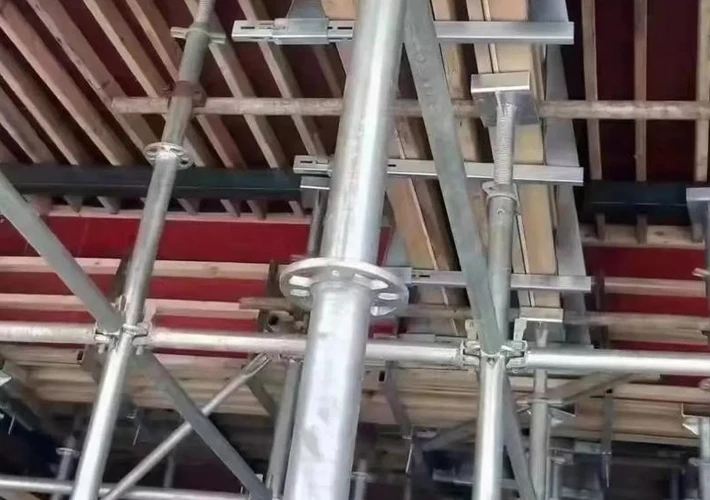
Steel Pipe in the Global Market
10.1 Top Producers
- China (largest producer and exporter)
- India
- United States
- Russia
- Japan
- South Korea
10.2 Top Importers
- United States
- Germany
- UAE
- Brazil
- South Africa
- Saudi Arabia
Steel Pipe Export Trends
China remains a major exporter of steel pipes due to its strong manufacturing base, competitive pricing, and diversified product range. Key export trends include:
- Rising demand for seamless pipes in oil and gas industries
- High demand for galvanized pipes in African and Southeast Asian markets
- Customized orders with value-added services like threading, cutting, and coating
- Increasing standards compliance to meet EU and US requirements
Choosing a Reliable Steel Pipe Supplier
When selecting a supplier, especially for international buyers, consider the following:
- Factory capacity: Monthly production volume, equipment
- Certifications: ISO, API, CE
- Customization: Can they provide specific lengths, coatings, etc.?
- Inspection support: Third-party testing or on-site factory audits
- After-sales service: Damage claim policy, delivery tracking
- Logistics experience: Sea freight, container loading optimization
Case Study: Steel Pipe Export from China
A Chinese manufacturer supplying carbon steel seamless pipes to a Middle Eastern oil company successfully reduced procurement costs by 15% through direct factory sales, fast production, and optimized shipping. The order included:
- ASTM A106 Gr.B Seamless Pipe
- OD: 219mm
- Wall Thickness: 8mm
- Length: 12m
- Quantity: 300 tons
- Coating: 3PE anti-corrosion
- Inspection: SGS approved
- Delivery time: 21 days
This demonstrates how Chinese factories are playing a key role in the global steel supply chain.
Conclusion
Steel pipes are foundational components in modern infrastructure, industrial systems, and commercial applications. Understanding the types, standards, materials, and export dynamics of steel pipes helps buyers and engineers make better procurement decisions. Whether you are sourcing seamless pipes for high-pressure boilers or galvanized pipes for construction, selecting the right product and reliable supplier is critical to the success of your project.
As global demand for steel pipes continues to rise, particularly in developing economies and infrastructure-driven industries, the future of the steel pipe industry looks both competitive and promising.

